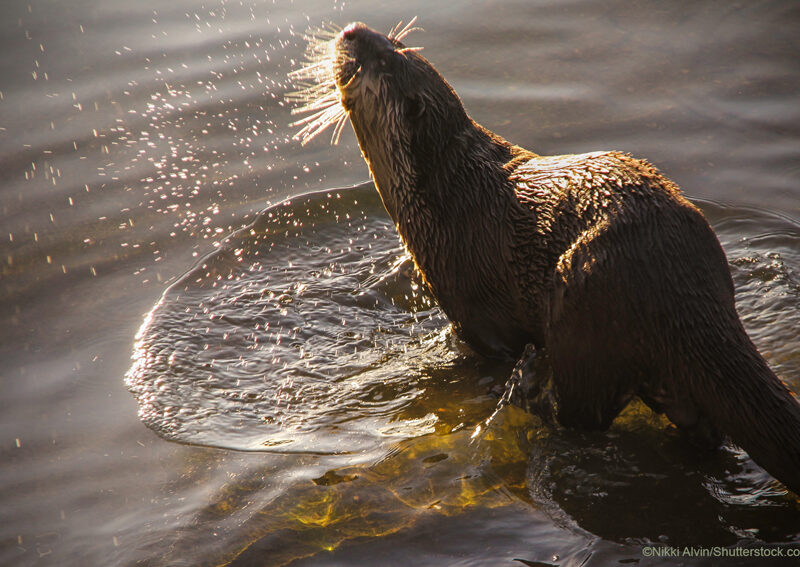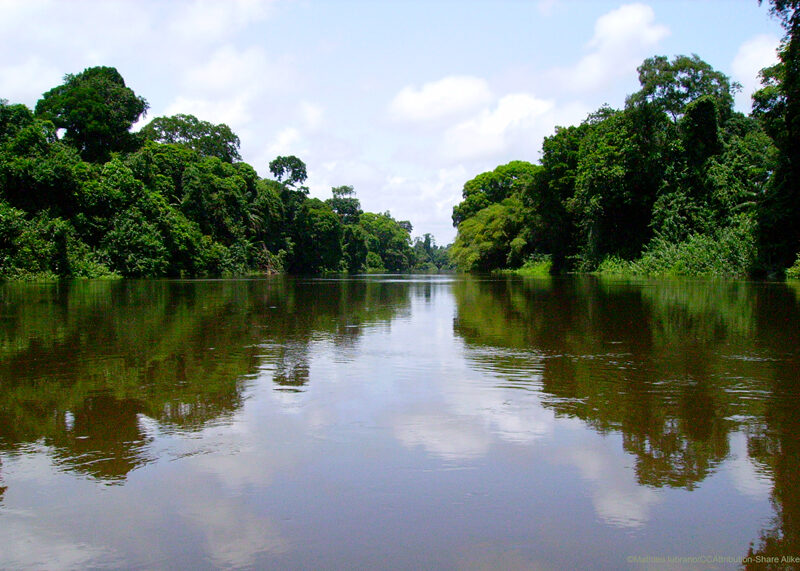African Clawless Otter
Species Data
Class: Mammalia
Order: Carnivora
Family: Mustelidae
Scientific Name: Aonyx capensis
IUCN Red List status: Near Threatened
Description
The African Clawless Otter, also known as the Cape Clawless Otter, is one of three in the ‘clawless’ species group. It is a freshwater and intertidal dweller of Africa. Individuals typically weigh 10-21 kilograms, with bodies 1.2 to 1.5 metres long covered in brown-and-grey fur and capped by long, stout tails. These otters sport long whiskers on their white-to-cream faces and run on short, clawless feet with no webbing.
Behaviour
The African Clawless Otter are inquisitive, clever and playful animals seldom found far from water. Like other clawless otters, this carnivorous species relies on nimble, delicate hands to hunt their prey – typically crabs, fish, insects and frogs. Their lives are solitary for the most part, with males and females frequently going separate ways after mating.


Habitat
The African Clawless Otter is the most widely distributed otter species of all of Africa, spanning the whole of West Africa and all the way to South Africa’s Western Cape to the east and south. Their list of preferred habitats is wide-ranging – from rivers to rocky shores, estuaries or mangroves – but access to permanent freshwater is crucial, with otters only venturing to marine habitats when fresh water is within reach.
Image credit: ©.Mathieu Iubrano/CCAttribution-Share Alike 4.0
Threats and Conservation
According to the IUCN, the African Clawless Otter’s large distribution will not protect this species from degradation of its freshwater home ecosystems, the chief threat they are facing. Coupled with poaching, the decline of water bodies through water use, pollution, draining and climate change impacts is piling pressure on these swimmers. The IUCN classifies the species as Near Threatened and Decreasing. The conservation body predicts that degradation of the African Clawless Otter’s habitat – and the ensuing conflict for space with humans – will intensify over the decade.
